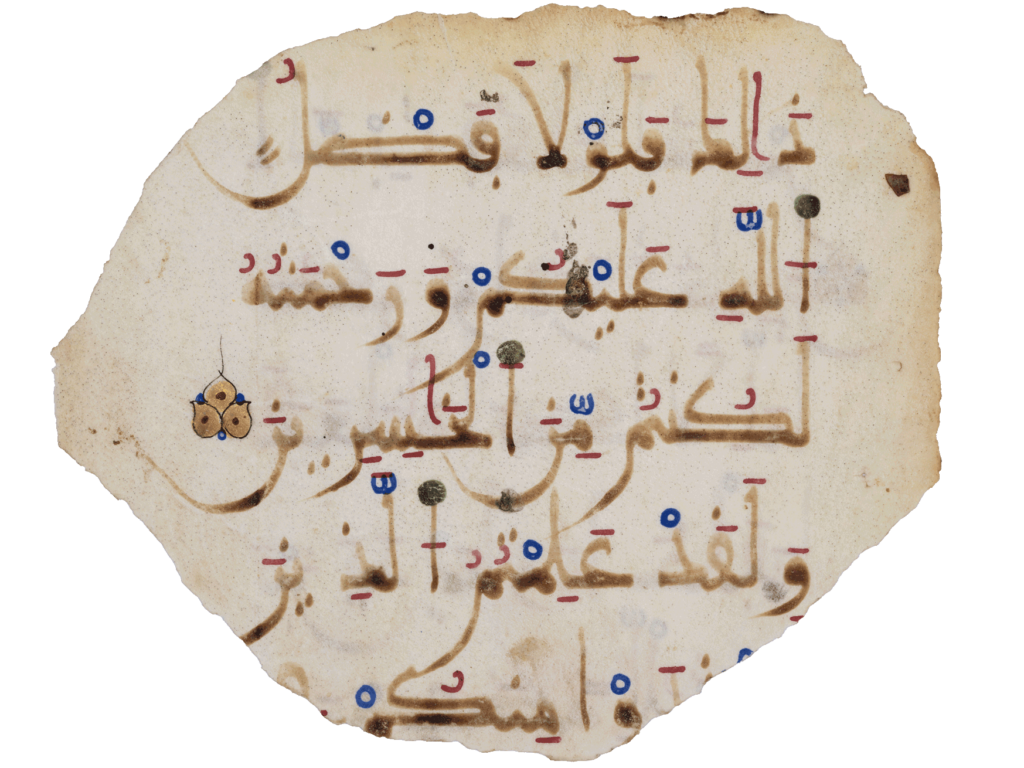1. The spread of Islam and the influence of the Arabic language
The Qur’anic revelation further ennobled the role of writing, as it was necessary for the transmission and preservation of the sacred text. The Qur’an became a symbol of the unity of the Ummah (Islamic community) through common devotional practices.
The expansion of Islam played a decisive role in the evolution of Arabic script, as the following examples demonstrate.
- In Arabia, it supplanted Sudarabic scripts. It was also adopted for writing Persian from the 9th century onwards, replacing the Pehlevi script based on the Avestic alphabet.
- Arabic script is used in various Turkic and other Altaic languages. Today, it is used in China by the Kazakhs of northern Turkestan and the Uyghurs of Xinjiang province.
- The expansion of the Islamized Mongols created a situation in which Hindustani, the language spoken in central North India, existed in two distinct forms: Hindi, written in Devanagari, and Urdu in Arabic script.
- Malay, the common language used throughout maritime Southeast Asia and written in Arabic script, was officially adopted by the Dutch administration at the time of colonization.
In North Africa, with the exception of the Tuareg, who write in tifinagh, Berbers have used Arabic script for works of jurisprudence (fiqh) written in their own language.

Page from a copy of the Qur’an
Timbuktu (Mali)
Style: Maghribî
Paper
ADLANIA Foundation, Manuscripts, MAN-156
2. The dissemination of the divine Word
In 653, the various texts of the Qur’an were collected and unified by the caliph ‘Uthmân (574-656) to create a definitive official vulgate (al-Mushaf al-Uthmani). From that time, Arabic writing became more widespread, and the need to magnify the sacred Word became increasingly important. Thus from the time of the appearance of the first manuscripts of the Qur’an, calligraphy became a major component of Arabo-Muslim art.
In Islamic art, calligraphy rises above any purely utilitarian or decorative function. It represents a living expression and a means of contemplation. The calligraphic writing on manuscripts, ceramics and other supports reveals meaning (al-Ma’nâ), symbolism(al-Ishâra), and perplexed astonishment (al-Hayra). It is like a musical score waiting to be interpreted. It invites us to read the vast book of the world and grasp the essence of the Divine decree.
